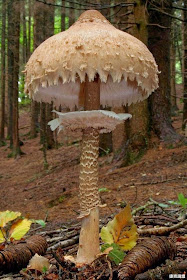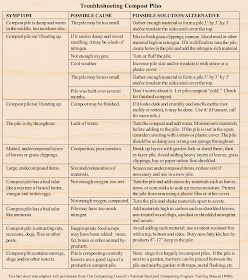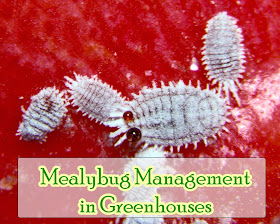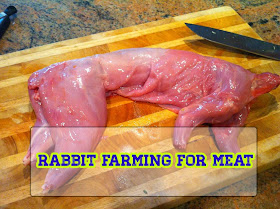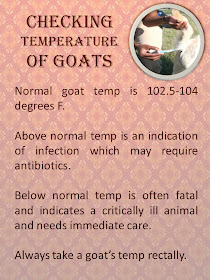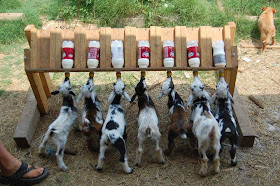Dubai: Can camel milk help children with autism?
Two American mothers who sourced camel milk from the Middle East say it definitely can, citing circumstantial evidence of their children diagnosed with autism spectrum disorder (ASD) responding positively after therapy that included camel milk.
Author Christina Adams shared her camel milk story with XPRESS following a meet-up organised by Autism UAE, Stepping Stones, Child EIMC and Emirates Industry for Camel Milk and Products (EICMP) at The Majlis Dubai, a new camel milk cafe next to Jumeirah Mosque.
American-born Zeba Khan, who learnt about camel milk’s benefits for autistic children only about two years ago, seconded the claim.
Autism by three
“My son,” said Adams, “was diagnosed with autism spectrum disorder (ASD) at three years of age. He suffered loss of language at 15 to 18 months, hyperactivity, sensitivity to noise and fixation on objects and water. He had difficulty interacting with others, while biting and engaging in aggressive behaviour which led to dismissal from two pre-schools.”
In 2005, when her son Jonah was seven, Adams published A Real Boy: A True story of Autism, Early Intervention and Recovery in which she outlined a mother’s challenge in dealing with the lifelong disorder. The book got rave reviews on Amazon.com.
But that was before she learnt about camel milk through a chance meeting with a man who brought a camel to a California book fair later that year.
“The camel man told me a story about how camel milk was used to help premature babies in the Middle East and was thought to be non-allergenic. That triggered two thoughts in my mind: one, that it may help my son be healthier and, two, it’s a good milk substitute.”
Like ASD kids, Jonah had food intolerances and allergies, skin problems, auditory processing delay, expressive/receptive language delay, constipation, among other disorders.
Adams spent the next two years studying about camel milk, talking to experts and potential sources. A Pakistani-American friend then offered to get her camel milk from Palestine, but the shipment was confiscated at JFK Airport as she did not have import permits.
In 2006, she came across a paper a veterinarian had written about how camel milk eased symptoms of autism. That fired Adams up: Desperate to get her hands on raw frozen camel milk, she finally obtained a permit after securing a doctor’s prescription. “I was the first person in the US to get an import permit for camel milk for medical purposes,” she said.
First taste
Adams said she spent about $2,000 (Dh7,346) per shipment for raw frozen camel milk. On October 10, 2007, two weeks before Jonah’s 10th birthday, he drank his first cup of camel milk.
“The rest,” she said, “is history… the morning after my son ingested camel milk, he demonstrated astonishing improvement in behaviour including eye contact, communication, emotional expression (“I really love you”; “You do so much for me”) and self-organisation.”
Adams wrote a patient report Autism Disorder Treated with Camel Milk detailing her experience published in the November 2013 issue of Global Advances in Health and Medicine, a peer-reviewed US medical journal.
Fortunately for her, Adams had recently also found farmers in the US with small camel herds producing somewhere near her California home which brought the cost down to about $200 per shipment.
Lat week Adams was in Dubai for the first time to share her experience about the therapeutic effects camel milk had on her son, who is now 16, at the autism group meet-up.
“Dubai is heaven for me. Camel milk here is quite affordable (Dh15 per litre) and widely available. In the US, the biggest herd is about 40 camels, owned by farmers in some rural areas.”
Another mother
Mother of two Zeba Khan said her son (she does not want him to be named), now seven, was repeatedly misdiagnosed by paediatricians.
Khan, who is now director of Autism UAE, which offers early intervention therapy services, said: “At least three paediatricians had checked on him and each time they’d say: ‘Give him more time’. But that’s the worst thing to do, because with an autistic child you need to intervene as early as possible. The biggest red flag is if a child is not talking by age two. My son spoke no words till almost four.”
She said both her children had regular tummy ache due to lactose intolerance. “The day we took him off cows milk was the day he slept through the night. This gave him more ability to pay attention and learn more,” she added.
“For me, the evidence (on the benefits of camel milk for easing symptoms of autism) is no longer just anecdotal,” said Khan.
Another parent, however, said his autistic child showed no noticeable improvement after having fresh camel milk.
Camel milk has been touted as a new wonder food in many quarters. Dr Jutka Juhasz, head veterinarian at EICMP, the company behind Camelicious, said there’s been very little research on camel milk’s benefits in general. Her company recently obtained a permit to export camel milk products to Europe.
- Jay Hilotin is the Tablet Editor, GN - Publishing Editorial
- Christina Adams, author of “A Real Boy: A True story of Autism, Early Intervention and Recovery”, can be reached at Cadams@xiqllc.com or Twitter @camelmilkinfo




